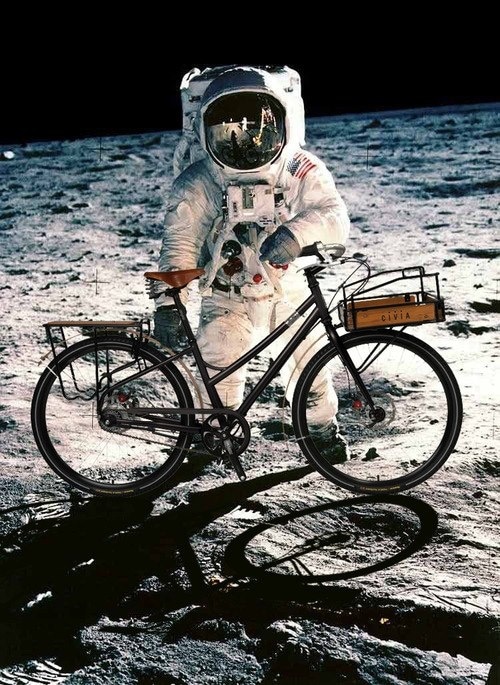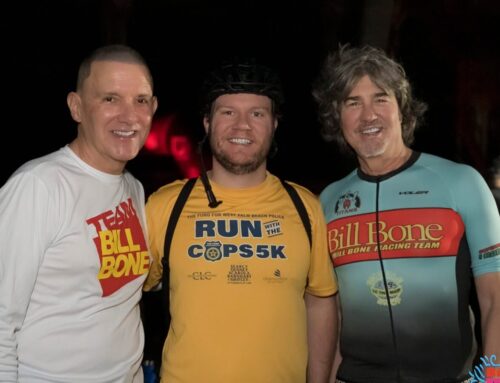Cycling makes its way to outer space as astronauts’ bodies withstand quite a bit when they are in a zero-gravity environment. Losing between 1 to 2 percent of their bone mass each month spent in space, these astronauts must exercise regularly to maintain healthy bone and muscle mass.
On Earth, the average adult is advised to exercise for approximately 30 minutes, several times a week. In space, however, astronauts are advised to exercise around 90 to 120 minutes every 24 hours.
Yes, you read that correctly, every 24 hours. Maintaining fitness levels is absolutely essential in zero gravity, so these astronauts must keep up with their workout routines. How? Well, it seems as though cycling is among the top choices for astronauts nowadays.
Residing in zero gravity means keeping up physical fitness levels day in and day out. While astronauts have been known to use a variety of different methods to stay in shape and physically fit, cycling is one of the preferred techniques to keep their bodies strong and healthy.
Take a look at the video below for an inside look at cycling in the International Space Station with Astronaut Doug Wheelock:
Using a stationary bicycle made for space, the astronaut can achieve almost the same as a typical cyclist. Due to the fact that astronauts do not need to use their muscles to get around, as they can “float” from place to place within the space station, they must use cycling to stay physically fit.
With a back pad and handles, and an optional harness, the astronaut is able to remain stationary while riding on the bike.
The fitness levels are monitored with a Polar watch, which measures the heart rate of the astronauts as cycling makes its way to outer space.
What do you think about cycling in space? Share your thoughts and opinions below!






Leave A Comment